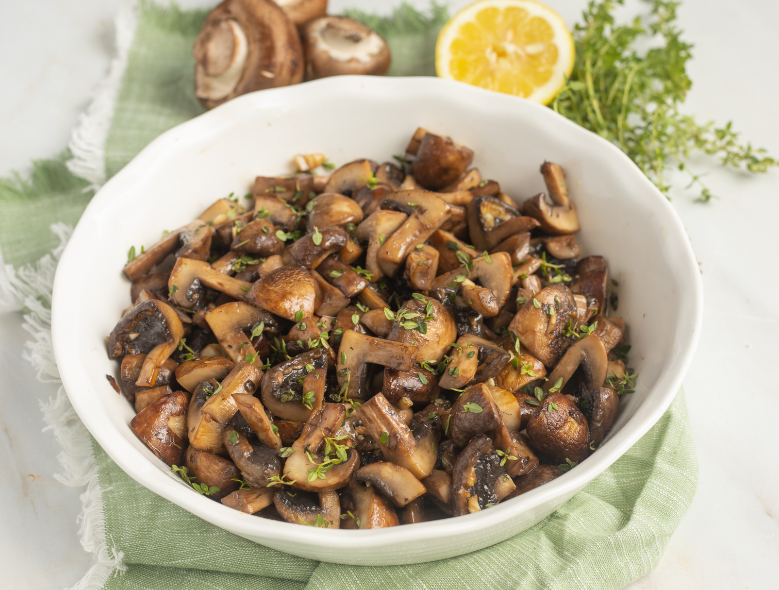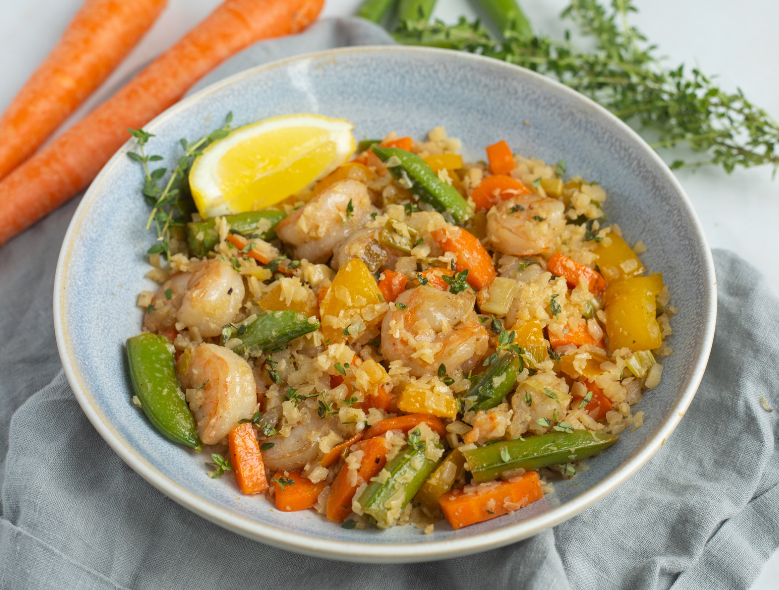Top 7 Veggies You Should Be Eating and Why
We’ve all been told to eat our veggies from a young age. That’s because vegetables are nutrient dense and can help protect your health and reduce your risk of developing chronic health conditions. As a person living with diabetes, there are seven stellar picks that offer bonus benefits. Plan to fill half of every mealtime plate or bowl with non-starchy veggies by regularly enjoying these winners.












